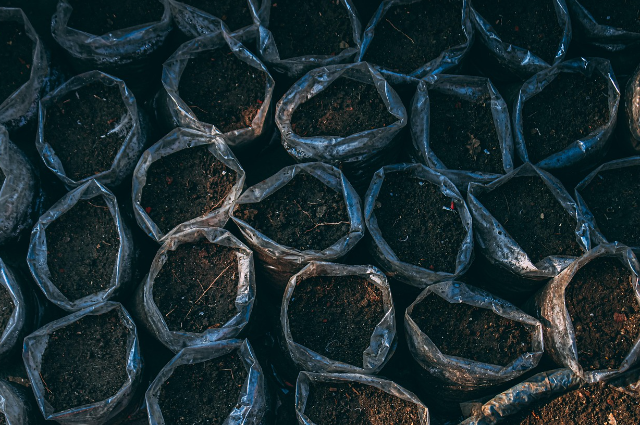
Plastic has been the visage of our disposable society for decades at this point—cheap, expendable, made to be forgotten. It fills our oceans, covers our landscapes, and persists in the environment for centuries. We view it as a toxin, a disease of modern consumption. But in the remote perspective of history, this same period is turning plastic refuse into something other than garbage—a strange and wonderfully useful relic. For archaeologists far in the future, the plastic sheet in the rock record will be the last signature of the Anthropocene, a truer window into our everyday lives than any history book could ever possibly provide.
Each thing, lovingly preserved or carelessly abandoned, has a story to tell. Conventional archaeologists reconstruct ancient civilisations from pottery pieces, stone and metal objects, and fragments of bone. They are long-lasting but account for a small fraction of human activity. They inform us about the elite, ritual, and technology. They inform us very little about the commoners' daily lives. Our plastic trash is democratic and ubiquitous, though. It is the quintessential ubiquitous artefact.". A disposable red bottle of shampoo, a children's action figure, a can of one brand of cola—these are mass-produced pictures of our daily lives. They tell us about our consumer habits, our popular culture, our brand devotion and our technological sophistication with stunning precision. Historians in the future won't have to guess what we ate, what we drank, or what we bathed in; the proof will be embedded in almost perfect detail in the landfill strata.
This is owing to plastic as an information-rich substance. While a piece of pottery can be sourced to a location and a general time frame, a piece of plastic is an information package. Its chemistry can be utilised to state the decade of production since chemical recipes for plastics changed decade by decade. The typography, logos, and brands are a literal chronology of our graphic and corporate design culture. Its form and function are the ideal snapshot of an aspiration or a need in our society. A landfill, then, is not a heap of garbage; it is a highly stratified assemblage of late 20th and early 21st-century life, sorted by the year it was thrown away. It is a truer record than a well-maintained museum because it is what individuals actually used and discarded, and not what they considered worth preserving.
The geological effect of plastic is making a lasting imprint on the Earth's crust. Geologists only recently stumbled upon a "plastiglomerate"—a whole new star of rock when plastic garbage gets melted and incorporated with natural material such as sand, shells, and rock fragments, usually in campfires or occurring naturally. This man-made rock will remain on Earth's timeline for millions of years when our cities are already dust. It is the undisputed, tangible evidence of man's footprint on the planet. As a layer of iridium in the rock confirms the asteroid that killed the dinosaurs, so will the global layer of plastic and plastiglomerate confirm the age of man. It is a grim but inevitable heritage. It calls for a complete transformation of our rubbish.
We are not merely polluters; we are factory-scale producers of evidence for the future historian. Those same characteristics that render plastic an ecological disaster—its persistence and unwillingness to decay—are the same characteristics that make it an ideal temporal capsule. This is no excuse for the pollution epidemic; it's an underlying level of tragedy to it. Our best legacy will be our trash. The plastic bag caught on a branch, and microplastics, ubiquitous in every ecosystem, are not just pollution; they are fossils of our to-be-throwaway culture. Our rubbish here is a mirror, reflecting the contradiction of our times: our genius to make fantastic, long-lasting things and our childishness to order their lifecycle.
This new historic worth of plastic trash is a value conceived in irony and spin-off. It promises our past will be spoken, not in imposing structures we construct, but in the banal, permanent fragments of our everyday. Generations to come will dig through our plastic remnants and comprehend us in a precision we never wished for, not merely studying the way we lived, but the lasting legacy of what we chose.
